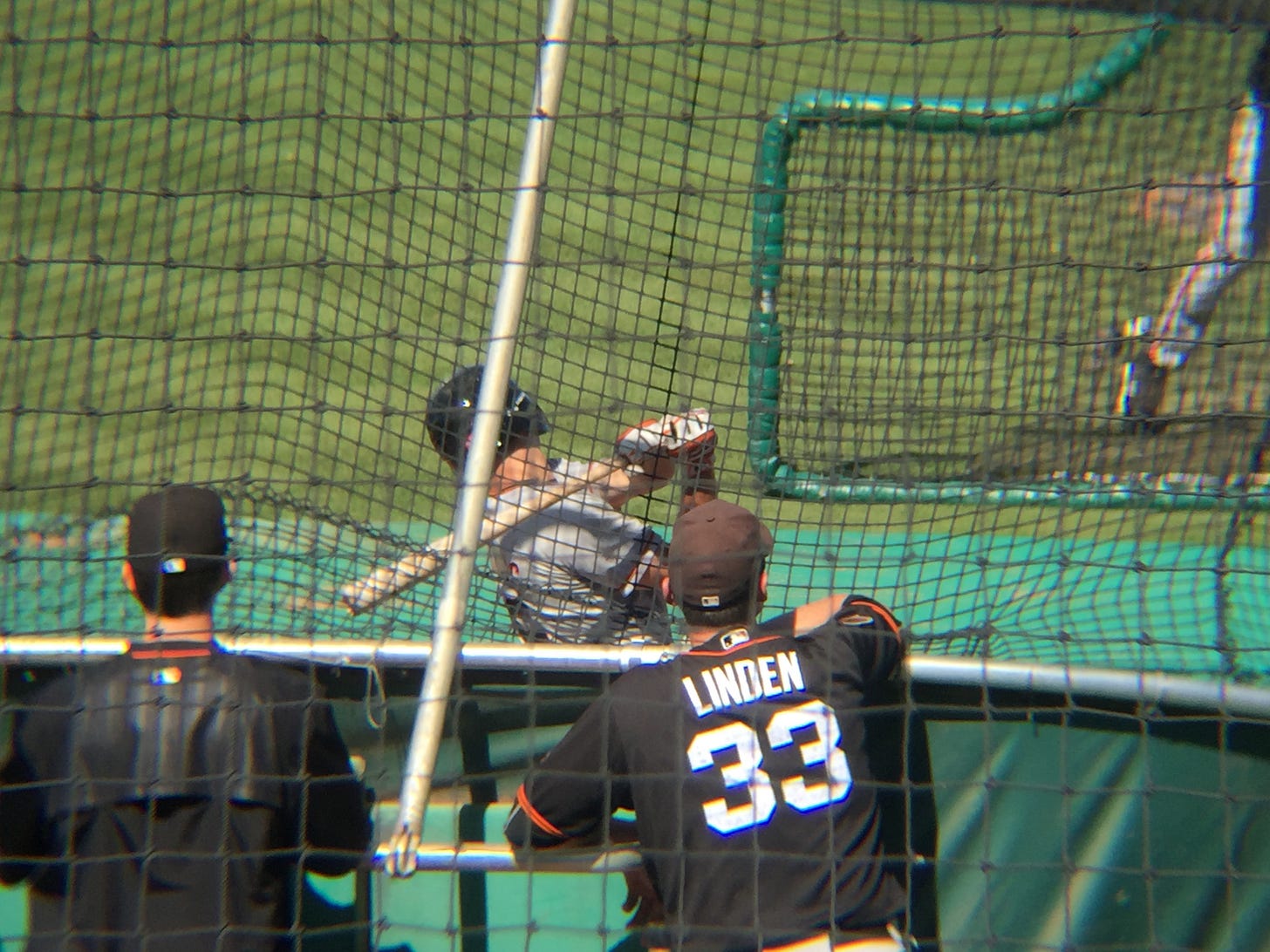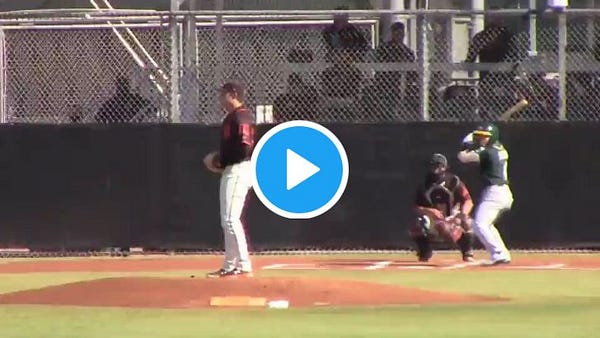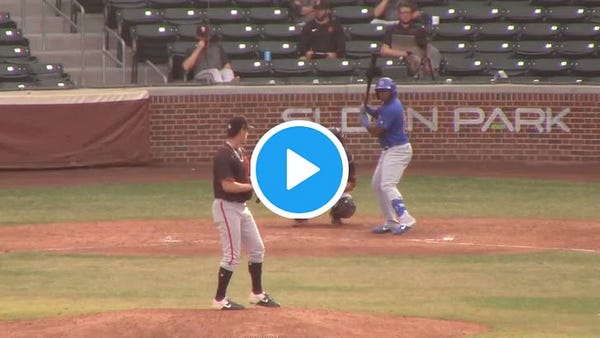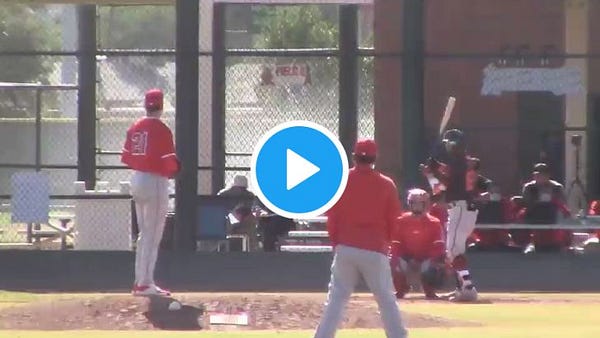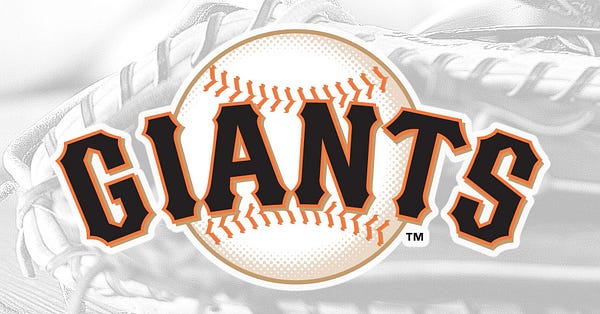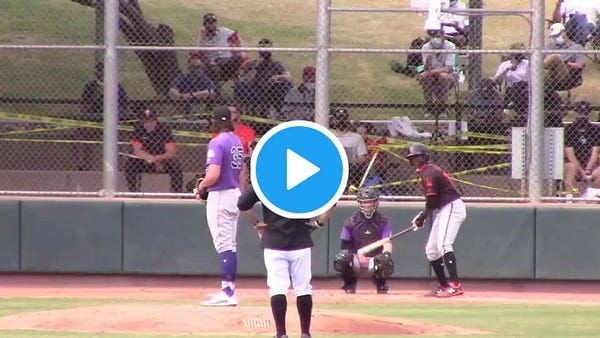

In the early summer as baseball was fumblingly, awkwardly attempting to construct some simulacrum of a 2020 season, there were those who suggested baseball should just shut it down for the year and come back as normal in 2021. I never agreed with that sentiment, not just because I selfishly wanted to see some baseball (I did), but also because I never thought there was much likelihood that 2021 would be remotely normal. That avoiding the difficulties inherent in trying to raise the 2020 season from the ashes would be simply kicking those difficulties down the road and being forced to meet up with them again in the winter.
Now we’re starting to hear some initial inklings of just how not normal the 2021 season could be. Though spring training game schedules have long been available, we’re still a ways away from knowing whether fans will be able to attend those games or whether teams will get the go ahead at all for the standard Valentine’s Day reporting dates for pitchers and catchers. I would imagine MLB will wait at least until after the New Year to give teams a permissible start date for camps.
Evan Drelich’s report above (which J.J. Cooper confirmed is in line with what he’s hearing) adds a new wrinkle: staggered reporting for different levels of players. This notion (which is still in the planning phase and not at all certain) would have major league players report normally along with the various non-roster invites and AAA level players. If spring training proceeded along a normal course this plan would then allow for AAA to begin at its regular early April start time (with a major caveat we will get to in a second) and have a full season. Having a functioning AAA level would give the major league teams the depth of players resources they need to cover injuries and other roster needs, and a place to send players to who need more seasoning (as they might have liked to do with Joey Bart this year).
Players headed to AA and A levels would delay beginning their training camp until the major leaguers and AAA players leave, putting those levels on course to start their seasons much later than normal, perhaps late May. One can imagine that the rookie level players might make a third wave and not come in until the AA/A players had vacated, starting their camp in mid- to late-May and getting their season started later in June.
All of this, of course, would be intended to create the safest camp experience possible for players and staff, avoid over-crowding, and allow for the greatest level of social distancing. It goes without saying that designing camps for maximum health and safety must be MLB’s and teams’ focus this winter.
For the hoped-for return of minor league baseball, this concept throws yet more uncertainty into an already pretty chaotic stew. No substantial news has come out of the negotiations for a new Professional Baseball Agreement. Baseball America reported last week that MLB has proposed to turn the teams of the former New York - Penn League into yet another summer amateur wood-bat league, as they’ve done with the Appy League. Their hope is have a separate summer wood league for all classes of college players and with the draft now moved to July, eligible players could use the leagues to help improve their draft position. So far the response form NYPL owners seemed tepid as there are many questions about the viability of the economic model. As for issues regarding affiliations, new league alignments, and schedules, those are all still being worked out somewhere behind the curtain and no public announcement is expected for some time yet. Obviously, a staggered spring training is another element that would need to factor into schedule creation.
Meanwhile, minor league owners, particularly at the lower levels, fall closer and closer towards bankruptcy. Pity poor Biloxi, whose five-year old, $40 million MGM Park just sustained significant damage from Hurricane Zeta. How will that ownership group obtain funding to fix the damage when they haven’t brought in any revenue for fourteen months, can’t market anything for 2021 and are no doubt struggling to stay on top of payments for their stadium’s debt load?

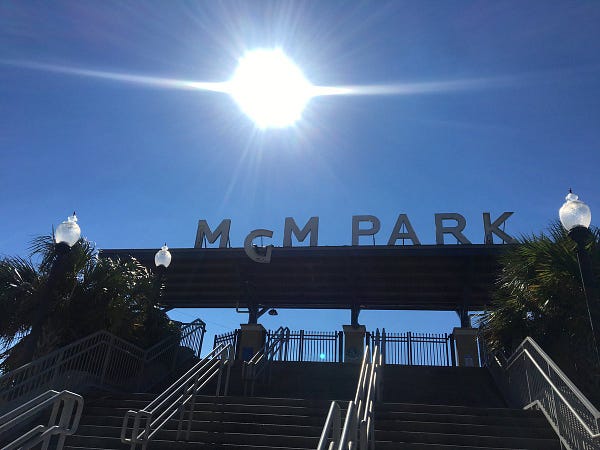


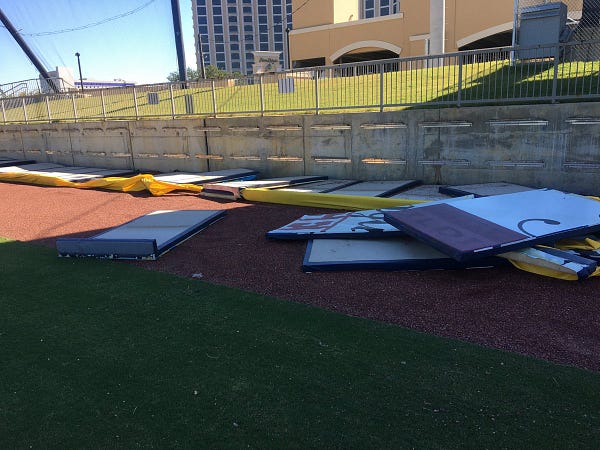
But the real wild card affecting a 2021 minor league season is, and continues to be, the problems associated with the coronavirus. While having AAA players report with their MLB brethren allows those players to be prepared and ready for a full-season, the problems of how to actually hold such a season remain. As I’ve noted before, minor league teams operate on an extremely thin profit margin and without the ability to fill their stadiums — and pack people close together — that economic model doesn’t work very well. In the minor leagues, keeping fans in a safe environment and turning a profit for teams veer uncomfortably close to mutually exclusive objectives.
Beyond the fans’ experience come the complications associated with trying to keep the players and staff safe. The protocols that the Giants and other major league teams set up last year cost money that minor league clubs can’t afford — redundant buses to transport players to the next destination being one obvious example, though far from the only one. The clubhouses are cramped, the dugouts are tiny, they spend hours together on buses heading to the next destination. Minor league teams’ ability to bring resources to bear to mitigate health risks associated with all of that is minimal.
And, of course, unlike major league players, minor leaguers will not be party to the discussions that affect them. When people are deciding what the threshold of safety will be for a minor league season of any kind, player reps won’t be getting a sign-off. As former Giants prospect turned lawyer-advocate Garrett Broshuis says in the article above: “To think that (protocols are) going to be put in place without any representation from players, it’s really quite appalling.”
The whole situation is obviously fraught with cross-purposes, fears and frustrations. The Giants (and other clubs like them) are trying to build a future around a young core and have yet to be able to get much of that core (Luciano, Bishop, Canario and more) even so far as A ball. If they lose yet another minor league season — or a significant part of one — how do they deal with this development disruption? Minor league owners are desperately trying to stave off bankruptcy. And players themselves are hoping to secure their future (which ticks by on them with astonishing rapidity) without sacrificing their health or well-being, without which the future isn’t very bright. And everybody sits at the mercy of forces greater than themselves hoping for a workable path to present itself.
So for those dreaming of seeing Marco Luciano’s name in a box score sometime again soon — we are a long way from getting there and a lot of crucial issues still need to be thought through and worked out before we can arrive. Until a safe, effective vaccine exists and is broadly available, we’re all going to be continuing to live in a world of contingency planning and making it up as we go along. Flexibility, patience, and collective responsibility for ourselves and to each other will continue to be the watchwords.
We shall see what we shall see.
News from Instrux
Meanwhile, to some cheerier news comes from Instructional Leagues. First, continuing the coronavirus conversation, some teams have had COVID incidents in their camps, but fortunately the Giants are not included in this list. That’s despite the fact that they have more players and staff members operating in an older, smaller, less equipped facility. The efforts of the Giants medical staff in creating safety protocols this year have been extraordinary and need to be celebrated at every possible occasion!


Secondly, as noted last week, the Giants have heeded our calls and started putting out video from the Instructional League. Calloo-callay what a frabjous day!
If you’re on twitter, you definitely need to be following @SFGProspect which IS run by Giants’ team personnel. They’ve been producing two or three highlights most every day this week. With camp finishing up in the next few days, this seems a good time to see if there are any over-arching notions to pull out of what we’ve seen so far.
Velocity Gains!
We’ve been seeing and hearing about a lot of pitchers in camp throwing well above previously reported velocity levels so far in games. To some degree this is naturally expected, given that pitchers are mostly throwing in 1 and 2 inning stints rather than 5 or 6, and they’re all relatively fresh from not having spent the summer wearing down their arms. Still, the Giants have reported velocities for several of their most important — and youngest — starting pitching prospects over the last week and they’ve ALL been touching noticeably higher marks than before: Seth Corry was at 94 (he pitched mostly 91-92 last year), Trevor McDonald was said to hit 95 (out of high school he was a 89-92 guy), and Holy Cow! this year’s prize teenager Kyle Harrison was said to touch 97!
Harrison’s profile was a projectible pitchability lefty in high school, who grew from throwing 81 as a high school freshman to topping out around 93/94 as a senior, according to Coach David Jeans. So blowing 97 is an eye-opening development for this talented youngster. Because you know what? He still has the pitchability skill in his back pocket. His competitiveness and ability to attack all quadrants of the zone with multiple pitches are still the core strength — but doing that while busting a plus fastball is an altogether different mix! Striking out four with plus velocity in a two-inning stint is a good indication of exactly why the Giants built so much of their draft around getting Harrison signed. He’s jumping very high up my personal Giants’ prospect rankings.
The youngsters aren’t the only ones blowing gas either. Fourth and fifth round draftees R.J. Dabovich and Ryan Murphy also have been impressive.
Breakouts!
Way back in the spring, the answer to “what prospects have impressed you in camp” was already producing a lot of “Luis Matos” responses. Matos, who has gotten noticeably more muscular this year, spent the summer working out on his own, but once back in a competitive environment he looks like he hasn’t missed a beat. Matos dropped video of himself homering on his Instagram feed and ripped a triple and double in back to back games last week. He’s growing by leaps and bounds and flying up the prospect charts himself. The Bishop-Canario-Matos footrace is going to be one of the most fascinating sub-plots of the next couple years in this organization.
Another breakout that seems to have taken place in 2020, invisible to the official register, has come from corner infielder Sean Roby. Roby opened eyes in big league camp back in March, taking advantage of some playing time in Giants’ games with several impressive plate appearances. That was apparently no flash in the pan. Farm Director Kyle Haines mentioned Roby to The Athletic’s Melissa Lockard as one of the two most impressive hitters in camp (Hunter Bishop being the other) and he discussed Roby’s emerging power with Baseball America as well:
We’ve also heard tell of Roby blasting a 500’ home run in camp according to the technology readout. That’s “Former Home Run Derby Winner Sean Roby” to you, folks! Roby doesn’t possess the type of athleticism that tends to get big grades on scouting cards — he’s not fast or possessing a big arm, his glove doesn’t get him rave reviews, the body can look a touch soft sometimes. But he’s hit and hit well since the Giants drafted him out of the Arizona Junior College ranks, where he led the state in home runs). He’s exactly the kind of kid who scouting reports and prospect rankings tend to overlook a bit and who has to prove it on the field level by level — that’s hard to do when the levels stop existing, but at least Roby’s capturing the eye of his coaching staff. He might not be a 3b in the long run, but the Giants have an interesting bat on their hands here. Roby’s another guy who’s been stealth flying up my rankings (which I’ll be rolling out pretty soon).
Other sleeper bats worth keeping an eye on include 2019 high school draftee Garrett Frechette and Kyle Harrison’s one time older high school teammate Armani Smith, who is one well-constructed human being:


Marco Luciano exists!
I have nothing profound to say about this, but it sure is fun to know! Let’s finish up today by watching Marco go full-on Roy Hobbs on a baseball. This comes against the Rockies #2 prospect, 2018 1st rounder out of the University of Mississippi, Ryan Rolison. If this doesn’t get you excited you’re missing a pulse!


